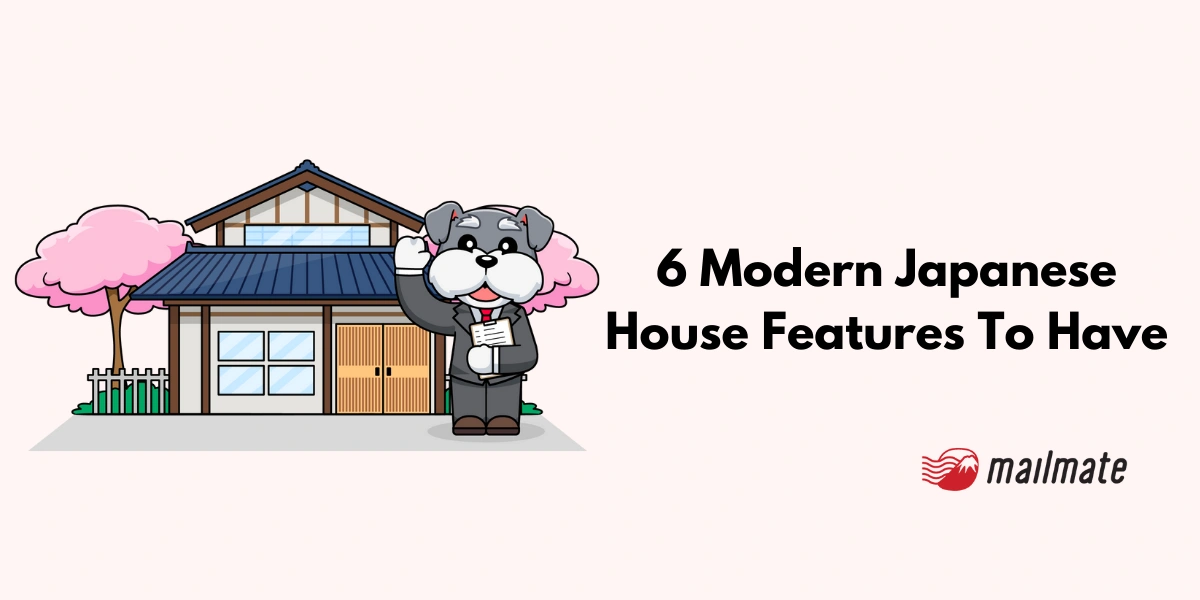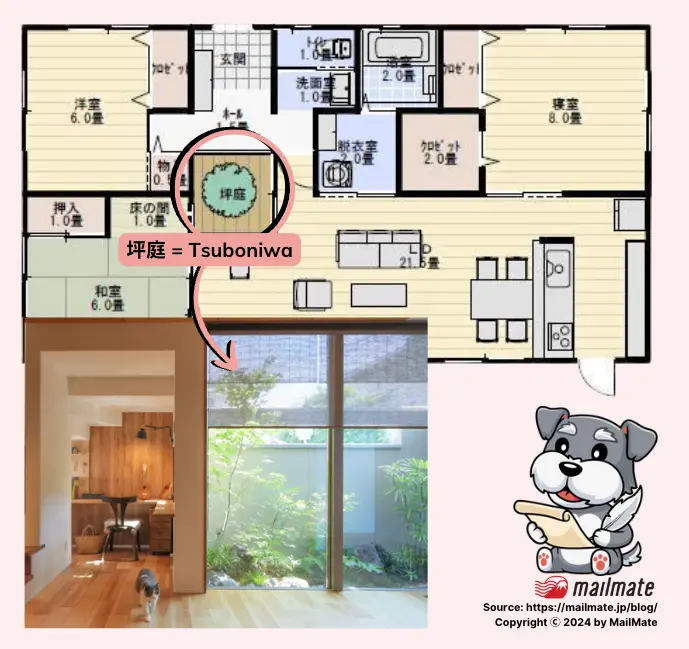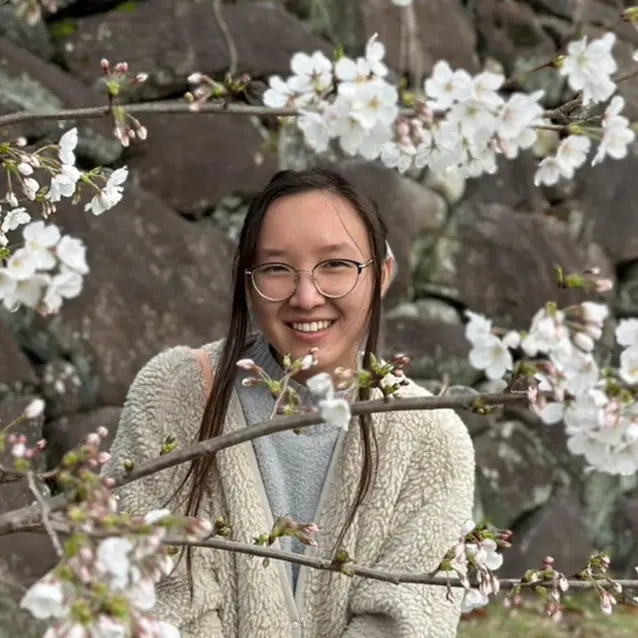6 Modern Japanese House Features To Have

What you see in one modern Japanese house might be completely different from another. However, if you pay close attention, you might see some common features in these modern homes.
If you are rebuilding your Japanese home or building it from the ground up, add these 6 modern Japanese house features to your wish list.
What is a modern Japanese house?
A modern Japanese style house is known for its minimalist design and integration of natural and distinctive features. The main focus is functionality and practicality while making the home comfortable with tranquility and calmness.
What does a modern Japanese house look like?
Let’s split these modern Japanese house features into exterior and interior parts.
Exterior modern Japanese house features
1. Lattice shutters (格子)

People are looking to add lattice work, specifically lattice shutters, to the outside walls of their houses. It can be used anywhere from doors to windows.
Unlike metal shutters, usually wooden lattice adds an inviting and warm structure to your house, making it functional and aesthetically pleasing.
Many modern Japanese houses will use simple vertical patterns, but more traditional Japanese architecture for lattice doors will use more intricate design patterns such as mikado pattern, asanoha pattern, kakuasa pattern, etc.
2. Burnt cedar (焼杉)

Many modern Japanese houses have these black wooden exterior walls added to their house. These black walls are made of burnt cedar wood (焼杉, yakisugi). You'll most likely have seen an existing house or two in Japan that has a "black-box" design. And that's right, the black color comes from burnt cedar wood.
Yakisugi has been used as traditional Japanese materials, and it’s making a comeback in modern house features as it’s both durable and functional.
When adding it with white painted walls, it adds a bold contrast that is eye-catching to anyone passing your house.
Interior modern Japanese house features
3. Wood or concrete accents
Natural materials such as wood and concrete can be seen everywhere in many modern Japanese homes.
Depending on the Japanese architect, they might use local Japanese wood such as cedar, cypress, and hinoki as structures such as flooring and ceiling. Still, you can also see them in beams, columns, and furniture. These wood accents add warmth, versatility, and connection to nature.
Concrete is also commonly used in modern Japanese homes. For one, reinforced concrete structures are the main construction method that helps the home withstand earthquakes much better. And with the right designer, you can make a concrete home industrial and give it a cool and sleek look. Usually, with a concrete-stone house, you’ll have exposed concrete for walls and flooring.
4. Shoji screens (障子)
While you will see shoji screens as part of traditional Japanese floor plans, in a Japanese-style room or tatami room, they are making a return to modern Japanese houses.
Shoji screens help disperse direct sunlight, adding soft lighting to the room, and can make greater insulation in the winter. Plus, their clean and simple appearance is well suited to modern Japanese homes.
While shoji screens in Japanese culture mainly use shoji paper, some plastic versions are wipeable and durable, making them great if you have small children and pets.
5. Ground window (地窓)
As the name suggests, a ground window is a window for the ground.
Many Japanese designers would have the ground window to add natural lighting and give a sense of calmness to the modern Japanese interior.
Depending on where it is installed, a long but narrow ground window can frame a landscape or garden like a painting, adding nature back into a Japanese house.
6. Open courtyard (坪庭)

An open courtyard (坪庭, tsuboniwa) is an open area in the center of your house that’s mostly common in traditional Japanese houses. This area is often used as a central and surrounding garden within a Japanese house.
Modern Japanese homes have this feature since it’s making a comeback, especially if there are floor-to-ceiling windows to allow maximum natural light.
Many Japanese families use this inner courtyard as a play garden or a place where children can play.
How much does a modern house in Japan cost?
In less urban areas, a custom-built single-family modern home in Japan can cost around 30-50 million yen ($265,000 to $500,000). It varies depending on whether or not land is included. However, more urban areas like Tokyo, Osaka, and Kyoto can cost over 100 million yen ($650,000).
Frequently asked questions
Which house builders specialize in modern Japanese homes?
Many home builders in Japan will help you get the modern-looking Japanese house you want. They are Misawa Homes, Mitsui Homes, Yamada Homes, Ichijo Construction, Suppose Design Office, and Sekisui House.
In closing
Whether you're building a new house from scratch or exploring existing houses, many modern Japanese houses have a mix of modern and traditional home features to perfectly create a sense of tranquility, functionality, and aesthetic appeal that’s uniquely Japanese.
Spending too long figuring out your Japanese mail?
Virtual mail + translation services start at 3800 per month. 30-day money-back guarantee.

